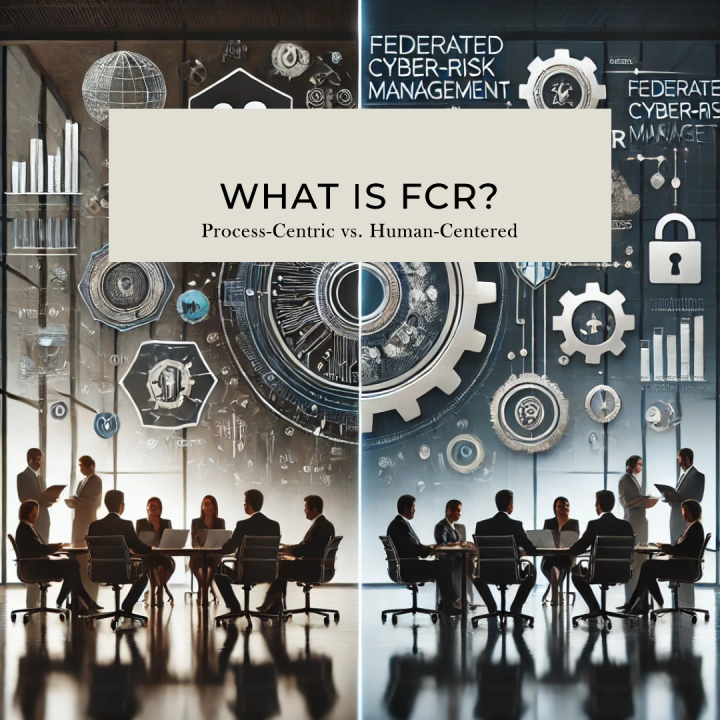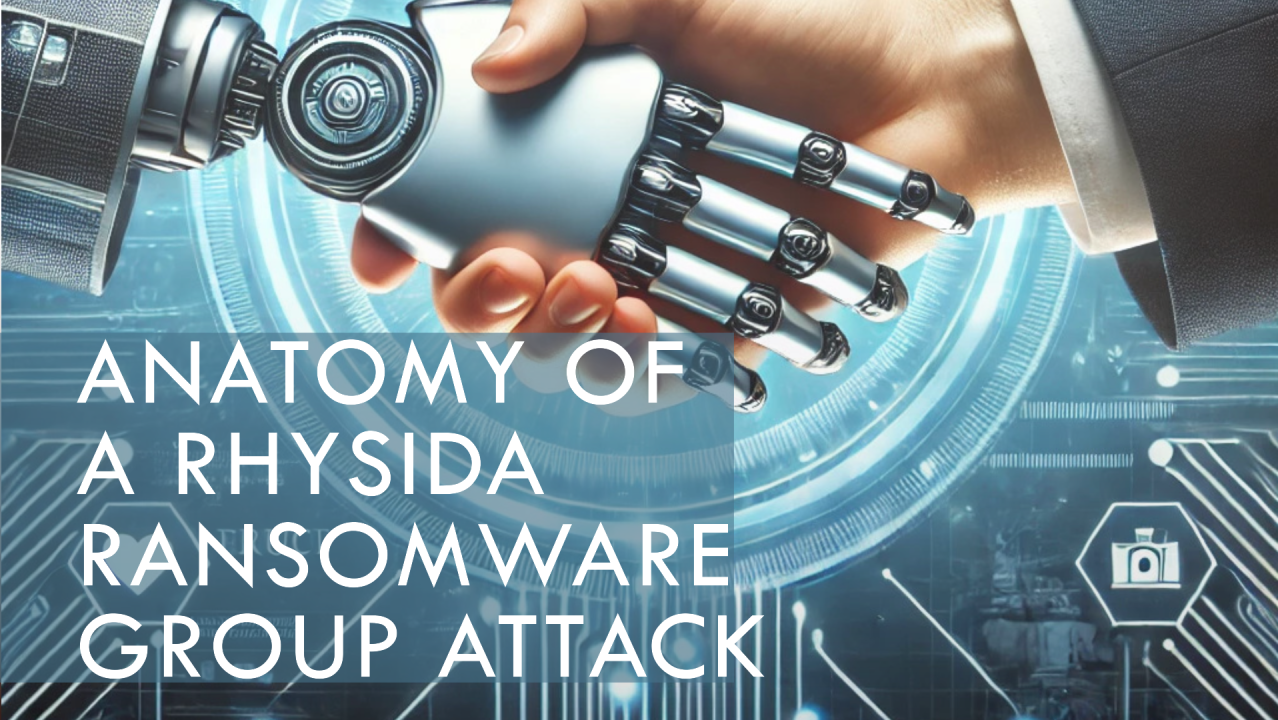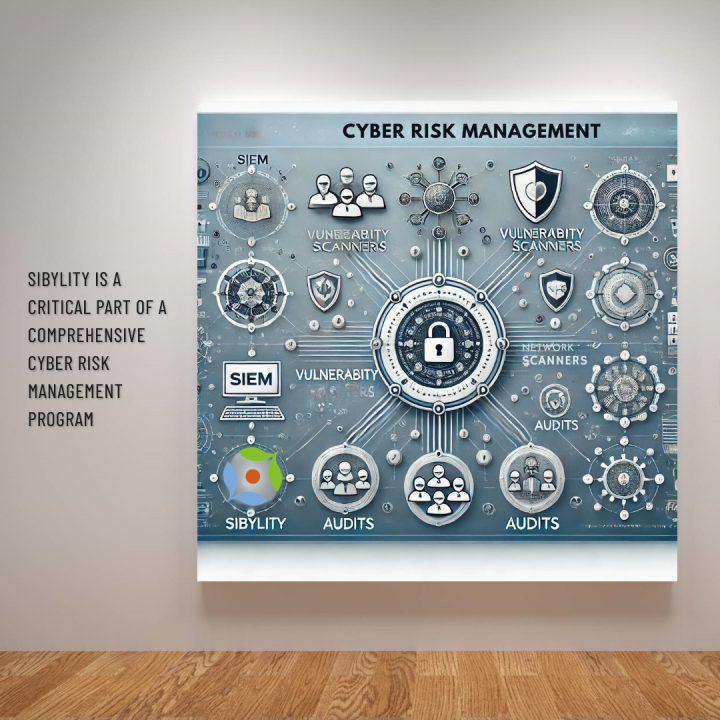Propaganda’s Silver Lining: How It Prepares Us for the AI-Driven Social Engineering Threat
Imagine waking up one morning to find your bank account drained, your identity stolen, or your company’s sensitive data leaked to the dark web. The scary part? You didn’t click on a suspicious link or download a shady attachment. You simply fell for a message that seemed entirely trustworthy. Welcome to the new era of social engineering—an era where the enemy isn’t just using code to break in, but psychology to trick you into opening the door.
In a world where AI is getting better at mimicking human communication, the old advice to look for misspelled words or awkward translations in phishing emails no longer holds up. Malicious actors have upped their game, deploying AI to create flawless, contextually accurate messages designed to exploit your cognitive biases. This isn’t just a warning—it’s a wake-up call. The only way to stay ahead in this new landscape is to sharpen your ability to recognize the one weapon these attackers consistently rely on: logical fallacies.
The Evolution of Social Engineering: When Old Tricks Meet New Technology
Social engineering has always been about manipulation—convincing someone to do something they wouldn’t normally do by exploiting psychological weaknesses. In the past, spotting a phishing attempt was relatively straightforward: look for the tell-tale signs of a poorly crafted email, such as misspellings, strange grammar, or odd phrasing that suggested a bad translation. But as AI continues to advance, those days are over.
Today’s malicious actors use AI to generate phishing emails and social media posts that are indistinguishable from legitimate communications. These messages are smooth, polished, and frighteningly effective. They no longer rely on simple errors that an alert person might catch. Instead, they employ sophisticated psychological tricks—particularly logical fallacies—to bypass your critical thinking and manipulate your emotions.
Logical Fallacies: The Hidden Persuaders
A logical fallacy is an error in reasoning that weakens an argument. Despite being fundamentally flawed, these fallacies often go unnoticed because they appeal to our emotions, fears, or preexisting beliefs. Propagandists have long used these fallacies to sway public opinion, and social engineers have been doing the same. But now there is a high-tech twist as AI is used to generate more effective content that is much more effective. When we’re not on guard, they can be incredibly persuasive.
Take the bandwagon fallacy, which appeals to the idea that because everyone else is doing something, you should too. Imagine receiving an email that says, “Thousands of your colleagues have already secured their accounts—don’t be the last to protect your data.” It’s compelling, and in the rush to conform, you might click on the link without thinking twice.
Or consider the appeal to fear fallacy, where a message might threaten severe consequences if immediate action isn’t taken: “Your account has been compromised! Click here to secure it now, or risk losing everything.” The urgency and fear this tactic generates can override your better judgment, leading you straight into the trap.
Consider, also, the ad hominem fallacy, where an argument is rebutted by attacking the character of the person making it rather than addressing the substance of the argument. This is a favorite tool of propagandists because it diverts attention from the issue at hand. Now, imagine this same tactic used in a phishing email: “Your boss wouldn’t be happy if they found out you were questioning this payment request.”
Another example is the false dilemma fallacy, which presents two options as the only possibilities when, in fact, there are others. Social engineers might use this in a scam: “Click this link to secure your account, or risk losing access forever.” The urgency and the false choice compel the victim to act without thinking critically.
When these fallacies are embedded in AI-generated content, their potency multiplies. AI can analyze vast amounts of data to tailor messages to you personally, making it easier than ever to fall for these traps.
The Consequences of Ignorance: Why We Must Evolve
Failing to recognize these logical fallacies doesn’t just make you susceptible to scams—it puts everything at risk. For individuals, this could mean losing your identity, your money, or your reputation. But for businesses, the consequences are even more severe. Employees who fall for these tricks can inadvertently open the door to massive data breaches, financial losses, and irreparable damage to the company’s reputation.
As AI continues to refine its methods, the ability to spot logical fallacies in communication becomes not just important but essential. The traditional red flags of phishing—misspellings, strange syntax—are disappearing. What’s left are the psychological traps that even the most careful individuals can fall into.
The Best Defense: Turning the Tables on Propaganda
Here’s the silver lining: the flood of propaganda on social media isn’t just a nuisance—it’s a training ground. Every ad, post, or message that tries to manipulate your thinking is an opportunity to hone your skills in detecting logical fallacies.
Start by identifying the fallacies in the content you consume daily. When you come across a post that invokes feelings in you, don’t just scroll past it or fall into automatic belief—analyze it. Is it playing on your emotions? Is it presenting a false choice? The more you practice, the better you’ll become at spotting these traps in real-time.
By actively seeking out and analyzing logical fallacies in the content you consume, you can train your mind to recognize them faster and more accurately. Think of it as mental self-defense training. The more you practice, the more resilient you become.
Integrating This Defense into Federated Cyber-Risk Management (FCR)
Learning to recognize logical fallacies isn’t just a personal skill—it’s a vital component of a broader organizational strategy. In the Federated Cyber-Risk Management (FCR) methodology, we emphasize the need for shared responsibility in cybersecurity. This means every employee, from the CEO to the entry-level staff, must be engaged and vigilant.
Building a culture where logical fallacy detection is second nature not only strengthens individual defenses but also reinforces the collective security of the entire organization. By embedding this skill into your FCR strategy, you’re fostering a security-engaged culture that actively works to mitigate vulnerabilities and prevent breaches before they happen.
Conclusion: Your Mind is the New Battleground—Arm It
As AI continues to shape the future of social engineering, the battlefield is moving from the screen to the mind. The most potent weapon in this fight isn’t software or hardware—it’s your ability to think critically and recognize when you’re being manipulated.
The days of spotting a scam by finding a typo are over. The new frontier is psychological, and the stakes couldn’t be higher. But with the right training and a commitment to vigilance, you can turn the tide. Embrace every piece of propaganda, every cleverly crafted message, as an opportunity to sharpen your defenses. Your vigilance isn’t just protecting you—it’s safeguarding your organization and contributing to a more secure digital world.
In the framework of Federated Cyber-Risk Management, this isn’t just an advantage—it’s a necessity. Don’t wait for the next attack to strike. Start training your mind today, and become the frontline defender in a world where the battle for security is fought in the realm of reason.
About the Author
Sonya Lowry is the creator of Federated Cyber-Risk Management (FCR), a revolutionary approach that transforms how organizations handle cybersecurity by fostering a culture of shared responsibility. Sonya’s work centers on empowering organizations to move beyond traditional, centralized security models by engaging every stakeholder in managing cyber risks and making cybersecurity a collective effort.
With a deep conviction that cybersecurity is as much about people as it is about technology, Sonya helps organizations implement FCR to build security-engaged cultures. In these environments, every employee understands the risks and is equipped with the knowledge and authority to take action, ensuring a more resilient and proactive defense against threats.
Sonya’s innovative approach to cybersecurity is built on over two decades of experience in information technology, data analytics, and risk management, including significant leadership roles in both the private and public sectors. However, her recent focus on integrating human-centered strategies with technical solutions through FCR is what truly sets her apart as a leader in the field. Sonya is dedicated to reshaping the cybersecurity landscape by ensuring that organizations are not only protected but also empowered to adapt and thrive in the face of ever-evolving threats.










